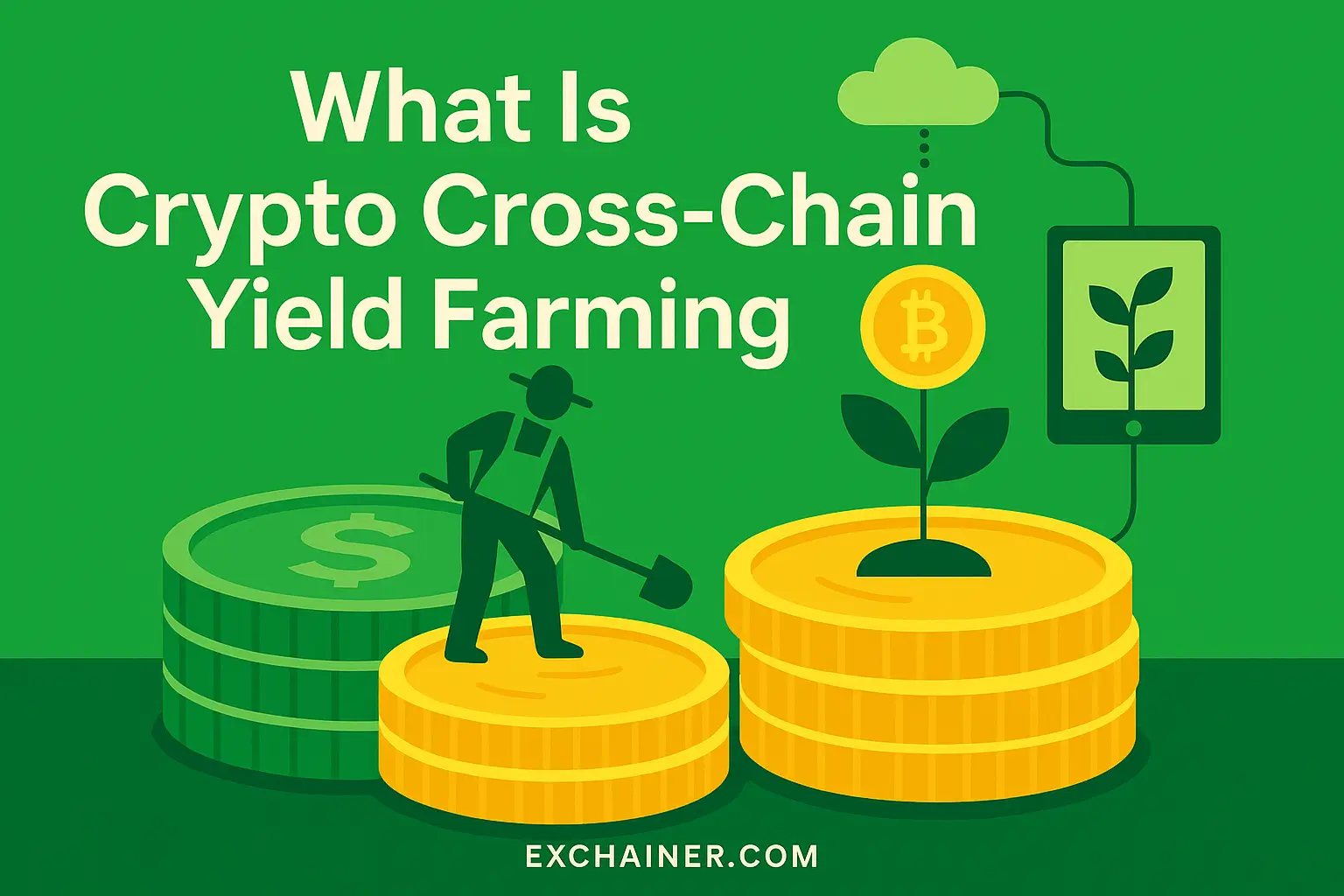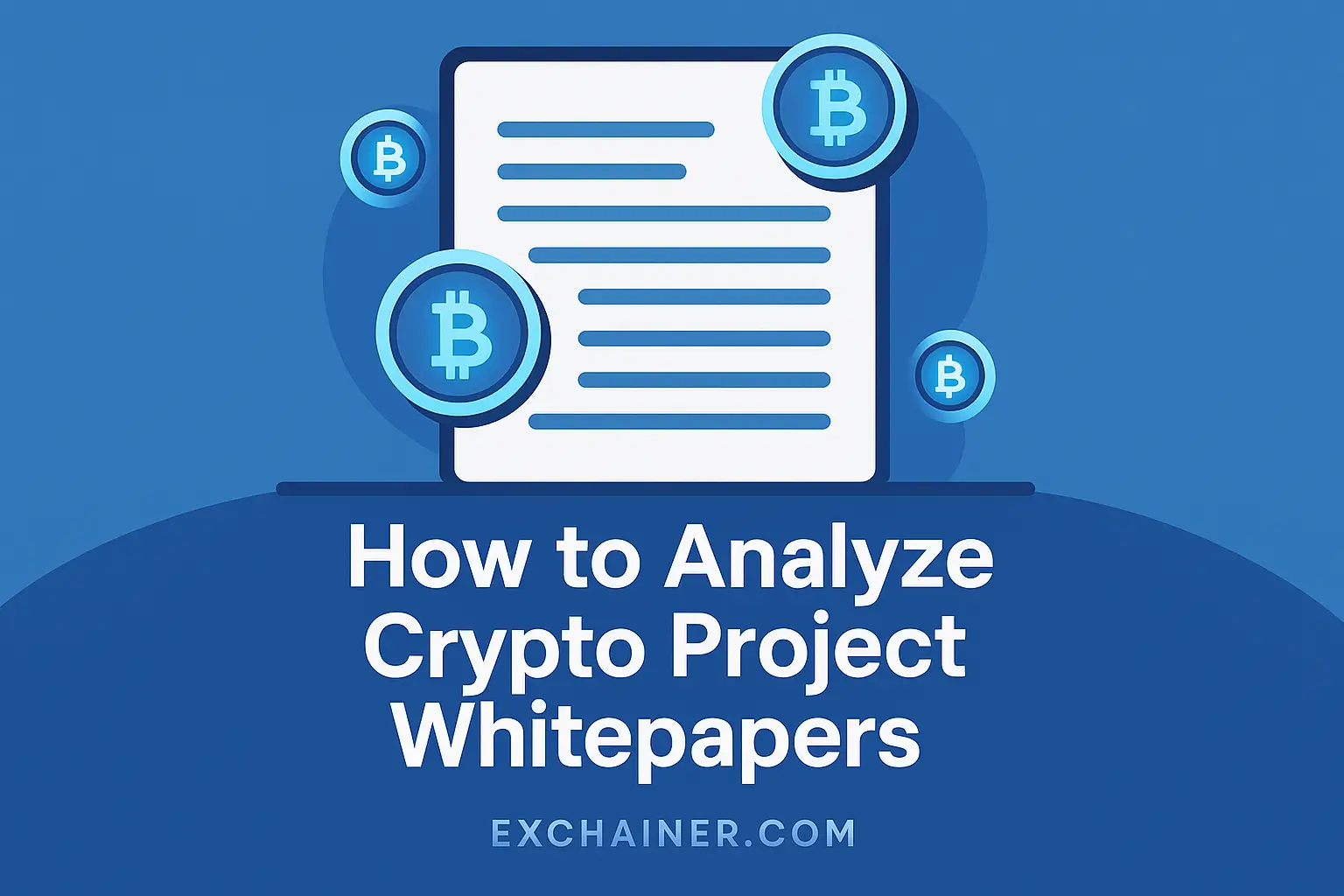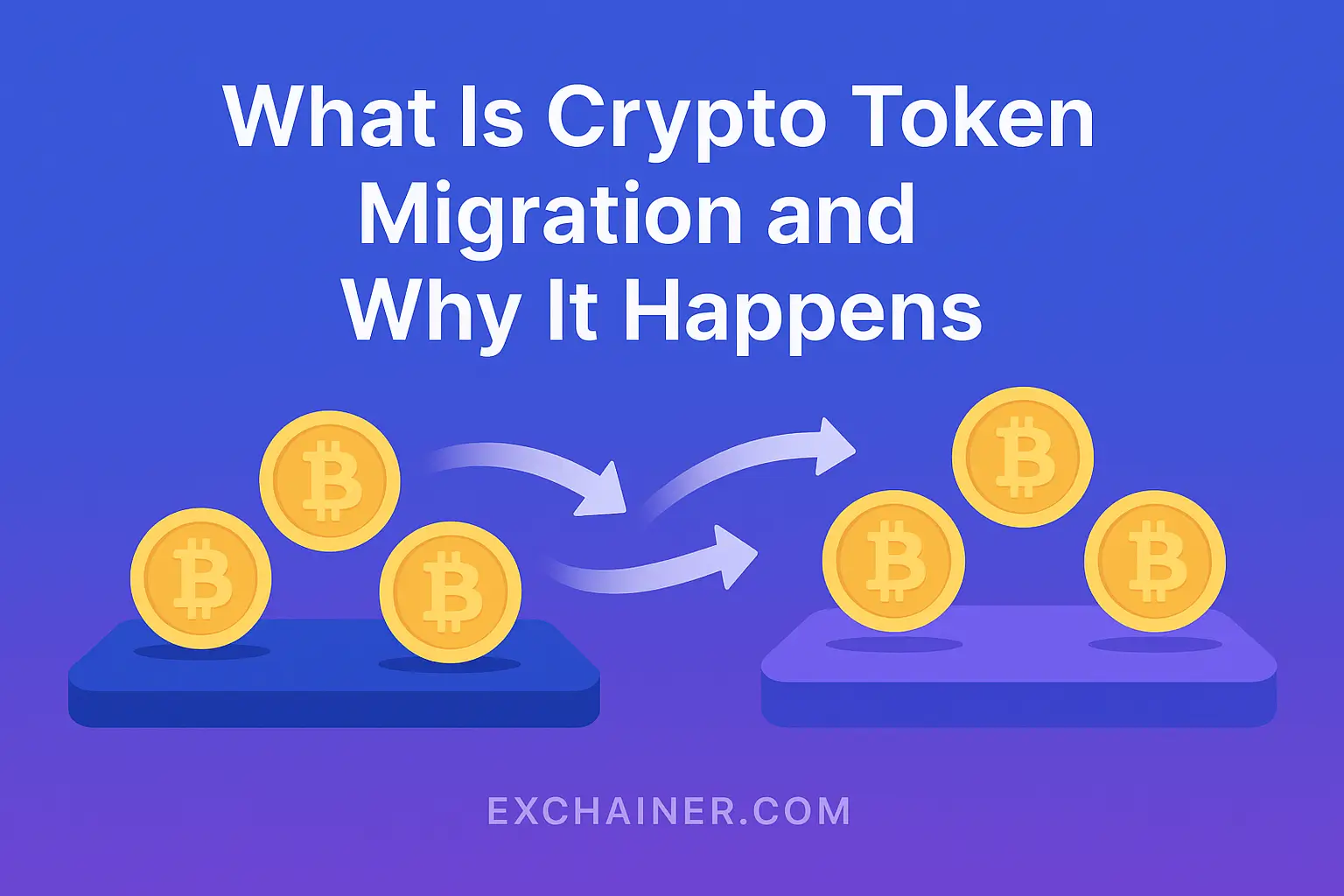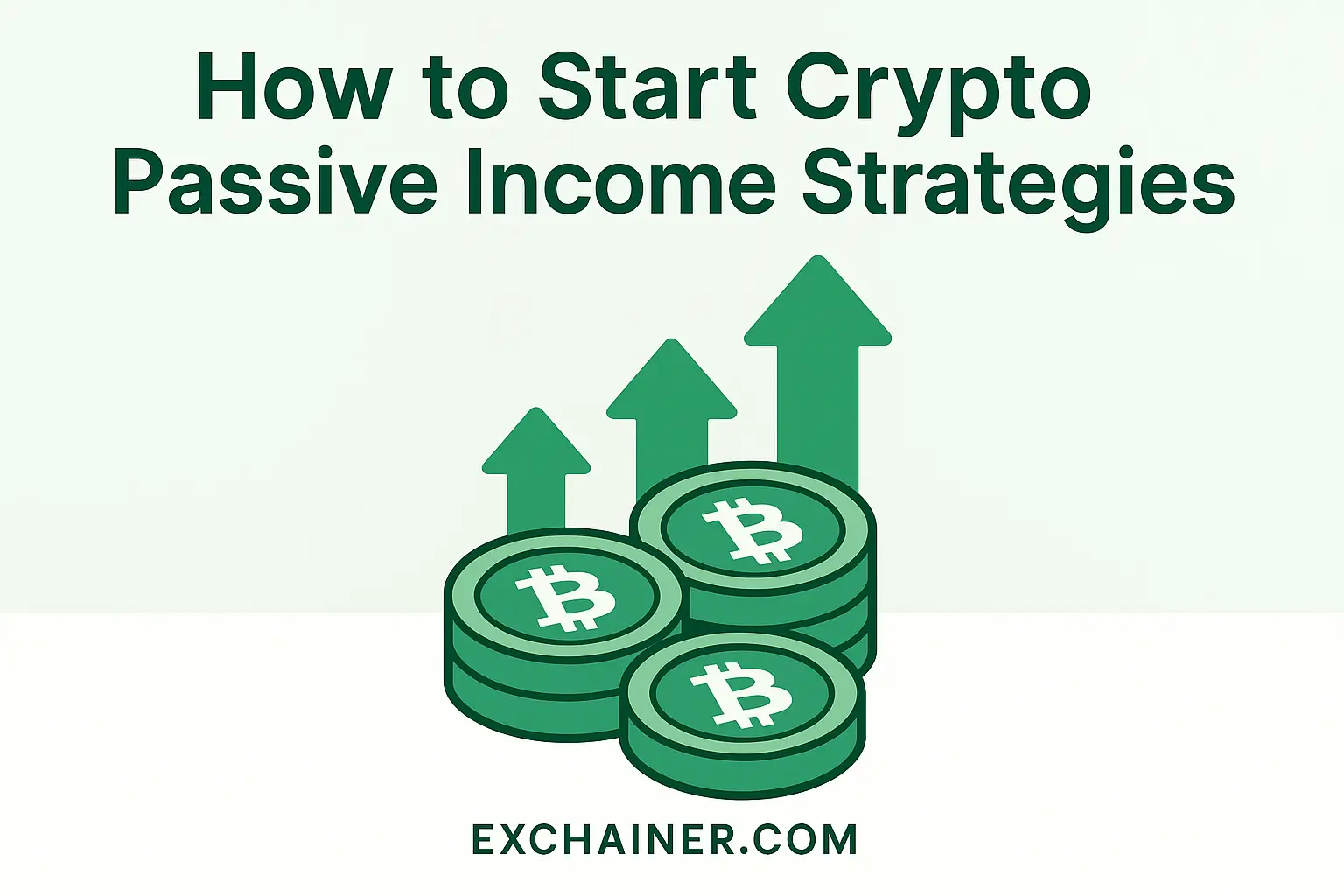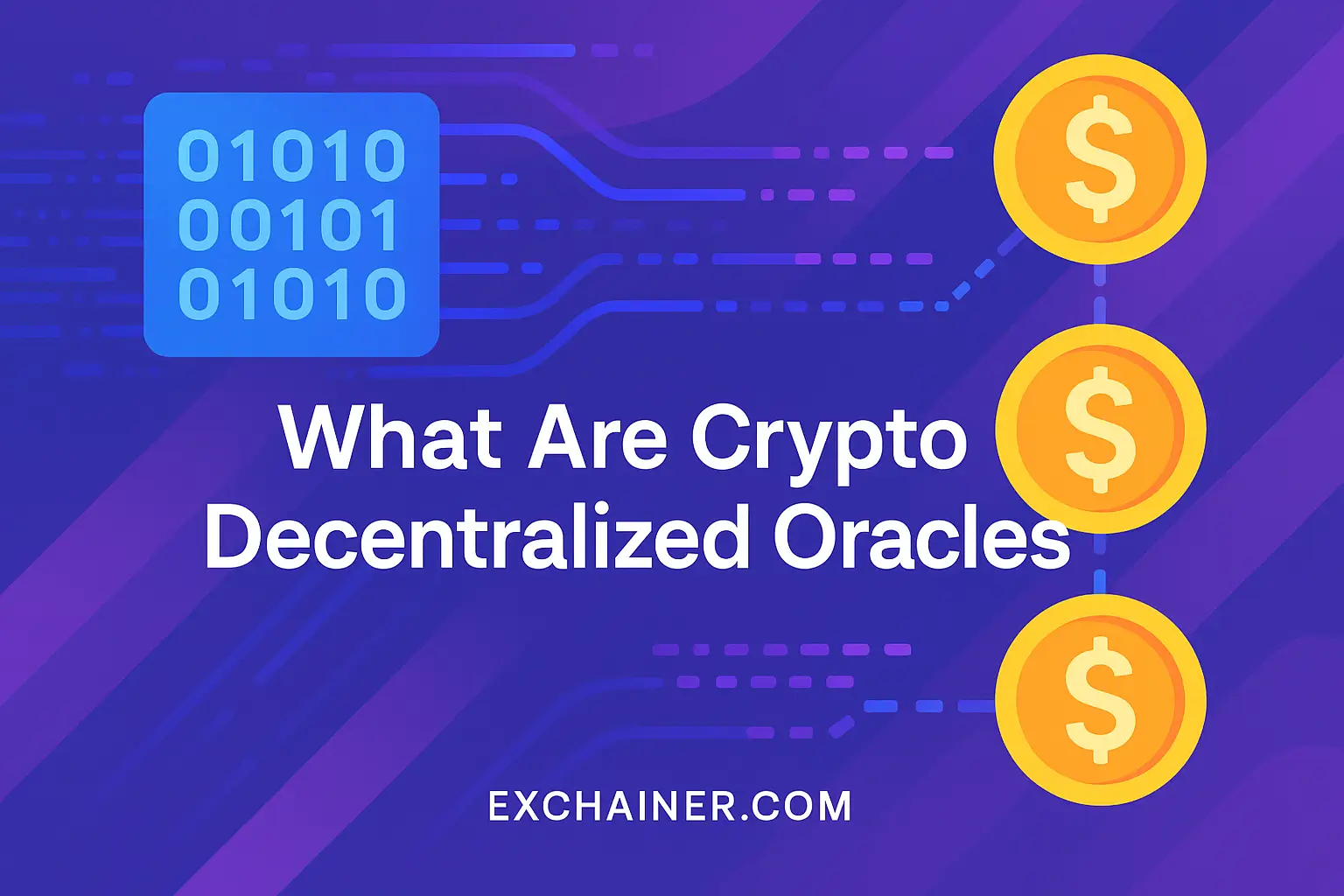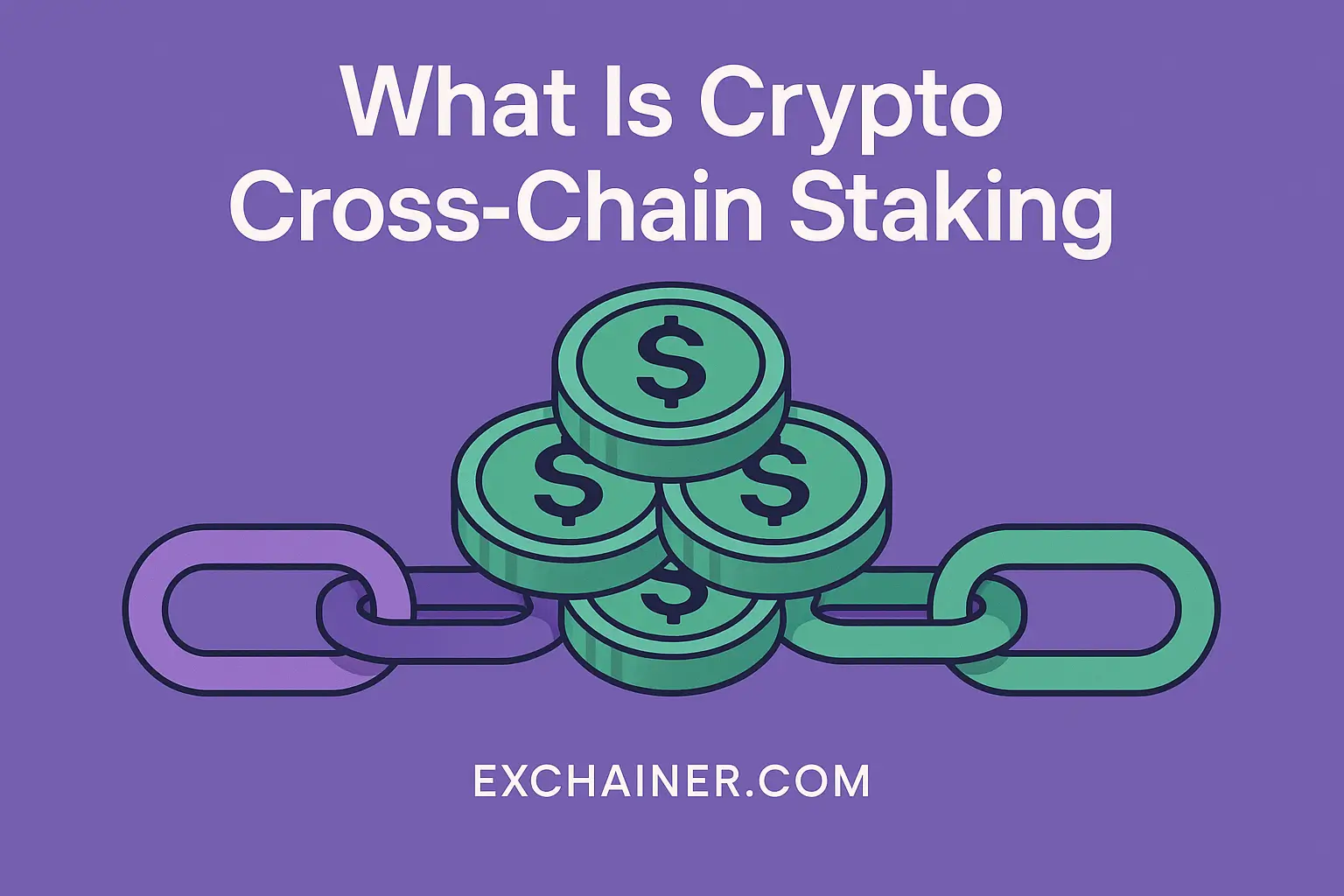Introduction
Friends, if you’ve been exploring the vast world of cryptocurrency recently, you’ve probably stumbled upon some pretty cool terms — one of which is cross-chain yield farming. Now, before you swipe past because it sounds complicated, stick with me. Understanding cross-chain yield farming could open up doors to smarter ways to grow your digital assets. Whether you’re just brushing up on crypto basics or looking to deepen your trading skills, this concept is rapidly gaining traction in the decentralized finance (DeFi) space.
The magic of cross-chain yield farming lies in its promise: earn rewards by putting your crypto to work across multiple blockchain networks, not just one. Imagine expanding your farming plot beyond a single fence — the possibilities multiply! As DeFi continues to evolve, knowing what is crypto in terms of cross-chain functionality is a powerful tool in your trading arsenal. This beginner guide will walk you through what cross-chain yield farming is, how it works, and why it matters — all explained with practical examples and clear language. By the end, you’ll be ready to dive in confidently, armed with knowledge that can boost your digital currency game.
What Is Cross-Chain Yield Farming?
At its core, cross-chain yield farming is an advanced form of yield farming that allows users to stake or lend their crypto assets on different blockchain networks simultaneously to earn rewards. Standard yield farming typically confines you to one blockchain — like Ethereum or Binance Smart Chain — but cross-chain yield farming breaks those barriers.
Think of it this way: if traditional yield farming is like tending crops in your backyard, cross-chain yield farming is cultivating fields in multiple towns. This way, you maximize yield opportunities by accessing varied DeFi platforms, tokens, and incentives spread across different blockchains.
Why does this matter? Because different blockchains offer unique features—some have lower transaction fees, others offer specialized financial instruments, and some are just faster. Cross-chain mechanisms enable bridging cryptocurrencies between these blockchains so you can leverage the best of each world.
Bridging Blockchains
Here is where things get fascinating. How do you move your tokens from one blockchain to another? Enter blockchain bridges — these are protocols that facilitate the transfer of assets between chains. For example, you could transfer USDC stablecoins from Ethereum to Solana through a bridge and then deposit them in a high-yield DeFi platform native to Solana.
Dependent on secure bridges mitigates risk while expanding yield farming horizons. Projects like Wormhole and Avalanche Bridge are notable examples facilitating cross-chain connectivity.
How Does Yield Farming Work?
If you’re new to this, yield farming is just a fancy way of saying “putting your crypto to work and earning returns on it.” You provide liquidity to decentralized exchanges (DEXs) or lending protocols and earn rewards, often paid in the platform’s native tokens.
But with cross-chain farming, your liquidity stretches further — not stuck in one ecosystem, but flowing dynamically between chains where yields look most attractive.
Why Cross-Chain Yield Farming Is a Game Changer
The crypto world evolves fast, and yield farming followed suit big time. Here’s why cross-chain yield farming is revolutionizing DeFi:
1. Access to More Opportunities
Cross-chain farming removes the limitations of single-chain ecosystems. Where one chain might offer higher yield but more expensive fees, another may have lower returns but minimal costs. You get to play them off against each other intelligently.
2. Greater Capital Efficiency
Rather than locking assets on one chain, you can diversify risk and returns. This spread means your portfolio hedges against network-specific downturns or congestions that often cause fees to skyrocket.
3. Enhanced Flexibility
Cross-chain yield farming unlocks new investment strategies. You can quickly pivot your funds based on market trends, protocol upgrades, or liquidity changes.
4. Lower Transaction Fees
Some blockchains like Polygon or Avalanche offer cheaper transactions. Bridging tokens there for farming can save you a bundle on gas fees compared to Ethereum's sometimes exorbitant costs.
Real World Example
Let’s say you have ETH on the Ethereum mainnet but notice Avalanche has a lucrative liquidity mining program with rewards in AVAX tokens. Using a cross-chain bridge, you can transfer some ETH as wrapped Ethereum (WETH) or stablecoin equivalents to Avalanche, deposit in a yield farm, and start earning additional returns. Once earned, these rewards can even be bridged back to Ethereum or swapped as you wish.
This multi-chain interplay enables smarter asset management and compound gains.
Risks and Challenges in Cross-Chain Yield Farming
Nothing in crypto is all sunshine and rainbows. While cross-chain yield farming offers many benefits, it’s crucial to be aware of its risks:
1. Smart Contract Vulnerabilities
Each DeFi platform runs on smart contracts — autonomous code executing on blockchain. Bugs or exploits in these can lead to loss of funds. Cross-chain operations increase complexity, multiplying potential attack points.
2. Bridge Risks
Blockchain bridges themselves have been popular hacks targets due to their role as custodians of transferred tokens. Before bridging assets, always check audits and history of the bridge project you plan to use.
3. Market Volatility
Even though yields seem attractive, token prices involved might tumble rapidly, affecting your returns or even principal.
4. Impermanent Loss
When providing liquidity in pairs, token price fluctuations can result in impermanent loss — even if fees and rewards partially compensate.
5. Gas Fees and Transaction Delays
Although cross-chain farming can reduce fees by choosing cheaper chains, bridging costs and inbound transactions can still add up, slowing trades and returns.
Tips to Minimize Risks
- Use well-audited platforms with strong community trust.
- Start small — test processes with minor amounts before scaling.
- Monitor your positions often with tracking tools and adjust as needed.
- Understand the token economics and farming incentives fully.
As famed investor Warren Buffett said, “Risk comes from not knowing what you’re doing.” Do your homework before involving your funds.
How to Get Started With Cross-Chain Yield Farming
Interested in dipping your toes? Here’s a simple checklist to jumpstart your cross-chain yield farming journey:
Step 1: Choose Your Wallet
Pick a cryptocurrency wallet that supports multiple blockchains, such as MetaMask or Trust Wallet. Wallets that integrate cross-chain mechanics make bridging and staking smoother.
Step 2: Acquire Tokens
You’ll need tokens like ETH, BNB, or stablecoins such as USDT or USDC to provide liquidity. Purchase them on reputable exchanges.
Step 3: Select Farmer Platforms
Research yield farming platforms on various chains with solid returns, like PancakeSwap on Binance Smart Chain or Aave on Polygon.
Step 4: Use a Reliable Bridge
Bridge your tokens securely through scouts-tested bridges like Avalanche Bridge, Wormhole, or Synapse.
Step 5: Stake and Monitor
Deposit your tokens in liquidity pools or lending protocols and keep an eye on performance, fees, and rewards.
Step 6: Harvest and Compound
Regularly claim your earned tokens and, if comfortable, reinvest them for compound growth.
Helpful Tools
Several tools simplify cross-chain yield farming by aggregating opportunities and tracking your assets:
- CoinGecko's Yield Farming Section provides updated pools and yields.
- DeFiLlama offers TVL (total value locked) insights across chains.
- Wallets with integrated DeFi browsing, like MetaMask’s browser feature.
The Future of Cross-Chain Yield Farming
Looking ahead, as interoperability solutions improve and developers build more seamless bridges, expect cross-chain yield farming to become standard in DeFi playbooks. Layer-2 scaling solutions and novel consensus mechanisms will further ease transactions and lower fees, making multi-chain farming accessible to everyone.
Projects focusing on cross-chain composability, like Polkadot and Cosmos, are spearheading this evolution. As yields become more competitive across chains, savvy farmers will increasingly spread their capital for optimal growth.
As the legendary crypto pioneer Andreas Antonopoulos puts it, “The future of finance is programmable and decentralized.” Cross-chain yield farming exemplifies exactly this vision in action — connecting chains, protocols, and users in a shared, lucrative ecosystem.
Conclusion
So, friends, now you’ve got a solid grip on cross-chain yield farming. It’s truly a fascinating and powerful way to earn more from your crypto holdings by playing the yield game on multiple blockchain fields at once. From understanding how bridges link tokens, to exploring diversified farming platforms, and keeping an eye on risks and gas fees — each piece helps you build a smarter investment strategy in DeFi.
Remember, like any crypto venture, caution and due diligence are your best friends. Start small, learn the ropes, and take advantage of the tools that make tracking and managing easier. Cross-chain yield farming isn’t just a buzzword — it’s a glimpse into the future of decentralized finance where boundaries fade, opportunities multiply, and your digital assets can truly work harder for you.
Feeling eager to learn more about crypto fundamentals or want to dive deeper into wallet security, exchange reviews, and latest innovations? Check out our detailed guides at Crypto 101, our trusted Exchange Reviews, and handy Tools and Wallets. Your crypto journey is just a click away!
For further reading on cross-chain technologies, you might find these resources insightful: the official Wormhole Bridge website or the comprehensive CoinMarketCap Yield Farming Guide.
Happy farming out there!

